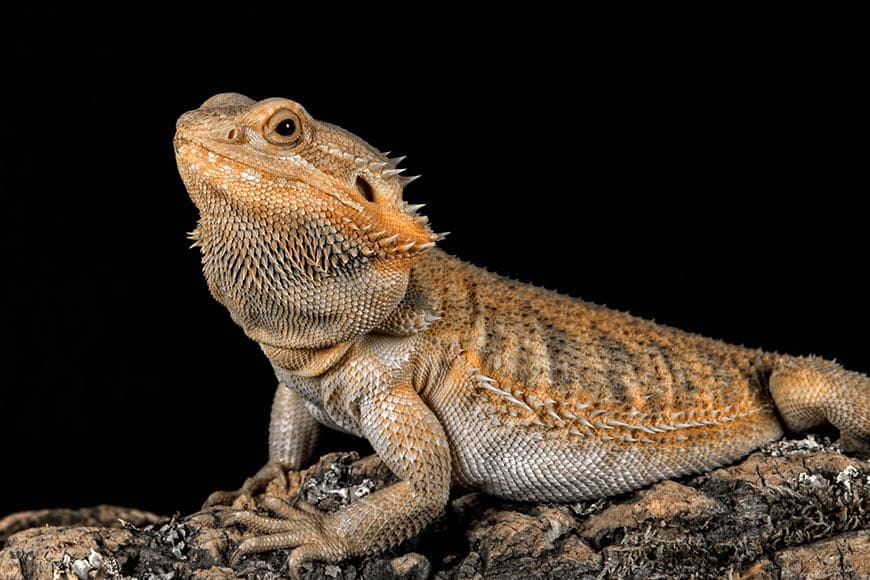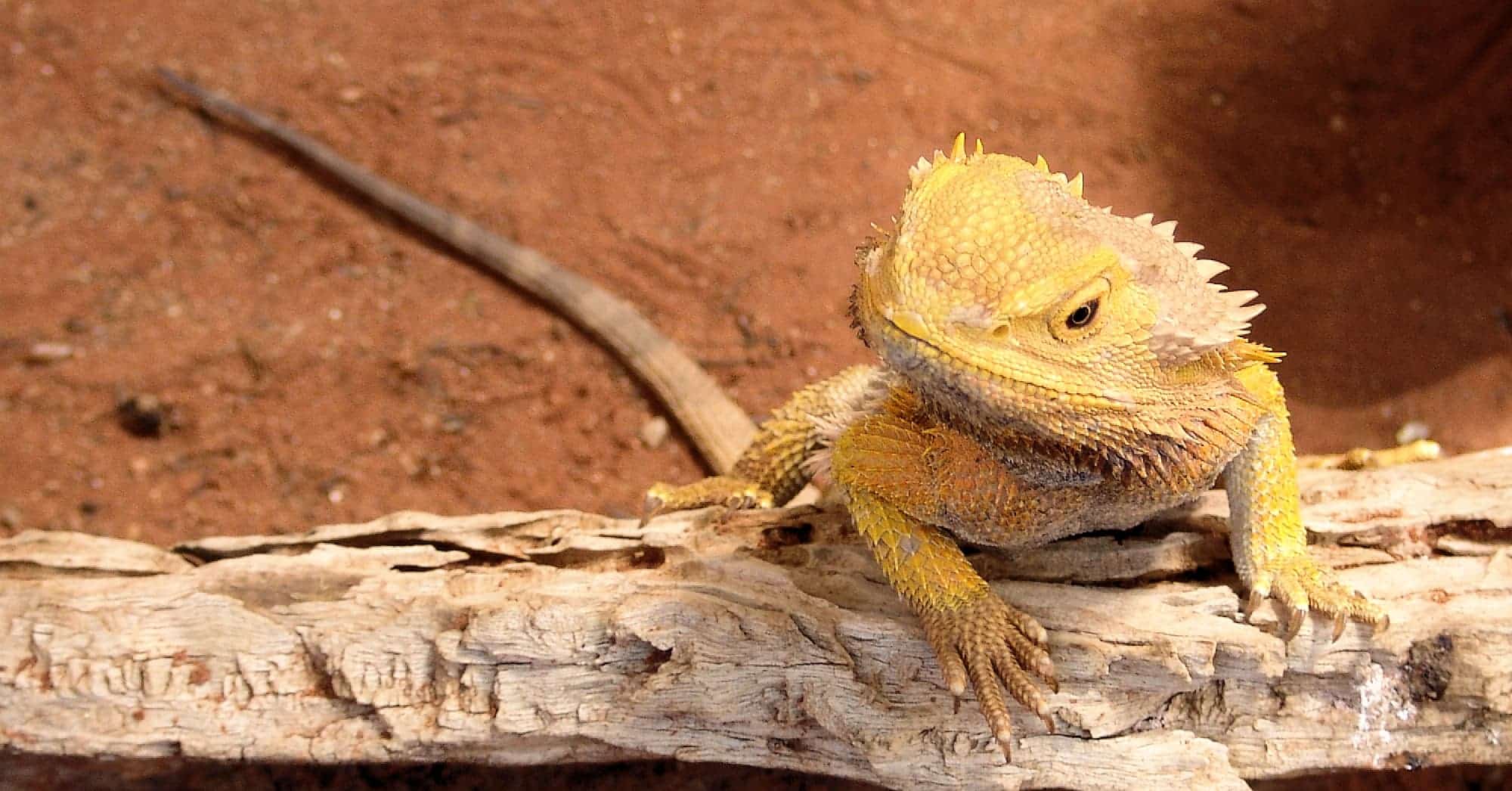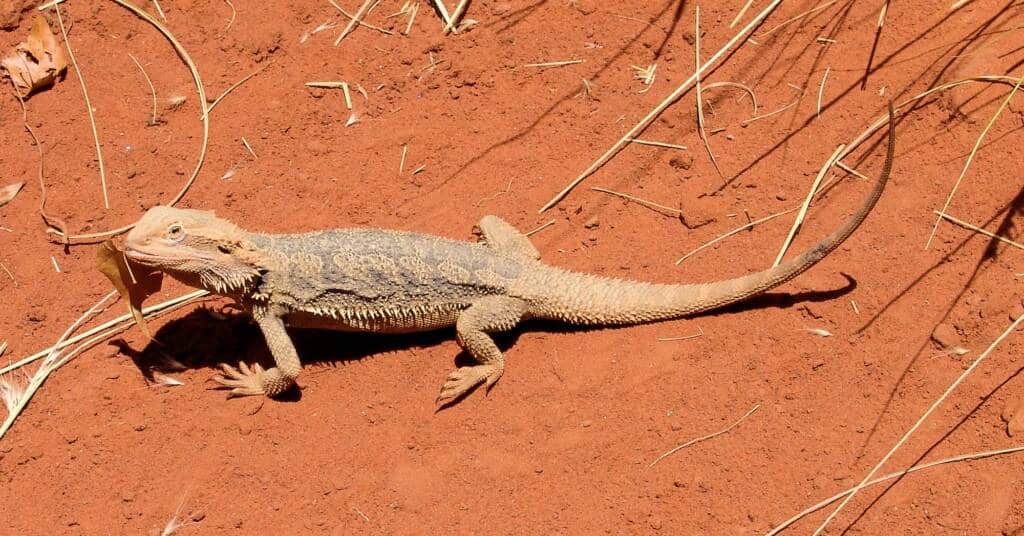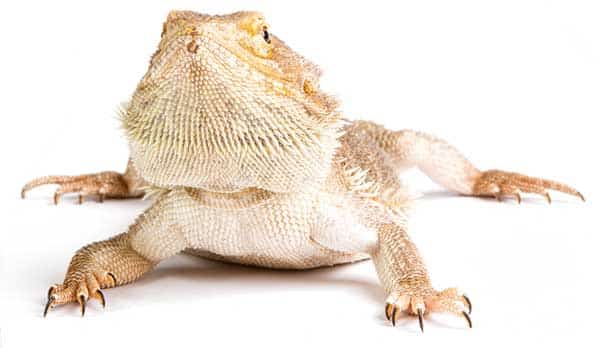Understanding the Bearded Dragon Diet
When it comes to keeping your bearded dragon healthy and happy, their diet plays one of the biggest roles. A balanced bearded dragon diet ensures strong bones, bright colours, and plenty of energy. These lizards are omnivores — meaning they eat both plants and insects — and their nutritional needs change as they grow.
At Toni’s Pet Station in Ningi, we help reptile owners choose the right combination of live insects, fresh greens, and supplements for every stage of life. Whether you’re feeding a young hatchling or a fully grown adult, understanding what to feed (and what to avoid) is essential to long-term health.

Insects and Protein Sources
Protein is one of the most important parts of a healthy bearded dragon diet, especially for young dragons that are still growing. In the wild, bearded dragons hunt for a variety of insects, and replicating that variety in captivity helps them thrive.
✅ Best Insects for Bearded Dragons
For hatchlings and juveniles, protein should make up around 70–80% of a bearded dragon diet. Adults need less — around 20–30% — as too much protein can cause obesity. Here are some excellent feeder choices:
- Crickets – High in protein and easy to digest.
- Mealworms & Superworms – Great for variety, but feed in moderation due to higher fat content.
- Wood Roaches (Dubia Roaches) – Highly nutritious and low in chitin, making them easier to digest.
- Silkworms & Hornworms – Excellent soft-bodied insects that boost hydration and provide balanced nutrition.
Be sure to offer insects that are no bigger than the space between your dragon’s eyes — this helps prevent choking or digestion issues.
🚫 Insects to Avoid
Avoid insects caught in the wild, as they may carry parasites or pesticides. Also skip centipedes, and beetles, as they can be toxic or hard to digest.
💡 Feeding Frequency
- Juveniles: 2–3 feeding sessions per day with as many insects as they’ll eat in 10–15 minutes.
- Adults: Protein 2–3 times a week, balanced with fresh greens on other days.
At Toni’s Pet Station in Ningi, we offer a wide range of live and frozen feeders — including crickets, mealworms and superworms — to make feeding simple and safe. All feeders are sourced for quality and nutrition, giving your dragon the variety it needs for strong growth and good health. A healthy and varied bearded dragon diet will keep your dragon healthy for years to come.

Vegetables, Fruits, and Greens
A balanced bearded dragon diet isn’t just about insects — plant matter is just as important, especially for adults. As your dragon matures, its diet should shift toward a higher percentage of greens and vegetables, which provide essential vitamins, minerals, and hydration.
✅ Best Vegetables and Greens
Aim to include a variety of safe, nutrient-rich vegetables to create a balanced bearded dragon diet. Try to mix leafy greens with firm veggies for both texture and nutrition:
- Staple Greens: Collard greens, mustard greens, and dandelion greens (excellent calcium sources).
- Vegetables: Squash, pumpkin, and zucchini — high in vitamins A and C.
- Occasional Treats: Carrots, capsicum, and sweet potato (feed sparingly due to higher sugar levels).
Chop vegetables into bite-sized pieces and rotate the types weekly to keep an interesting and nutritionally diverse bearded dragons feeding feeding diet.
🍓 Fruits (in Moderation)
Fruits are tasty but should make up less than 10% of your bearded dragon’s diet. High sugar can cause digestive issues if overfed. Safe fruits include:
- Blueberries
- Strawberries
- Mango
- Papaya
- Watermelon (occasional hydration treat)
⚠️ Foods to Avoid
Avoid feeding spinach, iceberg lettuce, and avocado in your bearded dragons diet, as they can block calcium absorption or contain harmful compounds. Stick to dark leafy greens and trusted vegetables instead.
At Toni’s Pet Station, we stock a range of Reptile One feeding dishes, reptile-safe supplements, and calcium powders to help you create a nutritious, complete bearded dragon diet. A pinch of calcium powder every other feeding can make a huge difference to your dragon’s long-term bone health.

Supplements and Hydration
Even with a perfect mix of insects and greens, a complete bearded dragon diet still relies on proper supplementation. Calcium, vitamin D3, and hydration all play critical roles in keeping your dragon strong, active, and healthy.
🦴 Calcium and Vitamin D3
Bearded dragons need calcium to build strong bones and prevent metabolic bone disease (MBD) — a common issue caused by calcium deficiency or lack of UVB lighting. Dusting feeders with calcium powder two to three times a week helps ensure proper bone growth and muscle function.
For dragons kept indoors or under artificial lighting, it’s also important to use a supplement that includes vitamin D3, as it helps the body absorb calcium effectively.
At Toni’s Pet Station, we recommend Arcadia SolarBasking and D3 UVB lamps to help maintain proper calcium levels and mimic natural sunlight for healthy growth.
💦 Hydration and Water Bowls
Bearded dragons get most of their hydration from fresh vegetables and occasional misting, but a shallow water dish should always be available. Keep it clean and change it daily to prevent bacterial growth.
A healthy bearded dragon diet might also mean lightly misting your dragon or their greens during feeding to help with hydration, especially in warmer months.

Feeding Schedule and Common Mistakes
Creating a feeding routine is one of the easiest ways to keep your bearded dragon diet balanced and stress-free. Dragons thrive on consistency — knowing when food is coming helps regulate digestion and appetite.
📅 Feeding Schedule by Age
Hatchlings (0–3 months):
Feed 2–3 times daily with small, soft-bodied insects like crickets or roaches. Add finely chopped greens early on so they get used to the taste.
Juveniles (3–12 months):
Feed twice a day, offering a balanced mix of insects and fresh vegetables. This is when they grow fastest, so calcium supplementation is especially important.
Adults (12+ months):
Feed once a day or every second day, focusing mostly on greens and vegetables, with insects offered 2–3 times a week. Adults are prone to overeating, so watch portion sizes carefully.
Keeping a feeding chart can help track their preferences and portion control, especially in multi-dragon households. A chart can help your bearded dragon diet immesnly and avoid overfeeding.
⚠️ Common Feeding Mistakes to Avoid
- Overfeeding Protein: Too many insects can cause obesity or organ stress, especially in adults.
- Skipping Supplements: Without calcium or UVB lighting, dragons can quickly develop bone and muscle issues.
- Feeding Large Insects: Oversized prey can cause choking or impaction — insects should never be larger than the space between your dragon’s eyes.
- Not Offering Enough Variety: A repetitive diet can lead to nutrient deficiencies and boredom. Rotate feeders and greens regularly.
- Improper Lighting or Temperatures: Even the best diet won’t work if your dragon can’t digest food properly. Make sure your basking area is heated and well-lit with reliable UVB.
At Toni’s Pet Station, we carry everything you need to support a healthy feeding routine — from Arcadia lighting and Reptile One thermometers to live feeders and calcium supplements that keep your dragon in peak condition.
Bearded Dragon Feeding Guide
Feeding your bearded dragon doesn’t have to be complicated — it just requires balance, consistency, and the right knowledge. A healthy bearded dragon diet should include a mix of protein, vegetables, and supplements, adjusted as your dragon grows. Variety keeps them healthy and engaged, while good lighting and hydration ensure proper digestion and bone strength.
At Toni’s Pet Station in Ningi, we’re proud to help reptile owners give their dragons the best care possible. From Arcadia lighting and Reptile One enclosures to live feeders and calcium supplements, we’ve got everything you need for a thriving reptile. Visit us in-store or online for expert advice and high-quality products that make reptile care easy.
❓ Frequently Asked Questions
🦎 What should I feed my bearded dragon every day?
Juveniles should be fed a mix of live insects and chopped greens daily, while adults can be fed mostly vegetables with insects 2–3 times a week. Always ensure insects are gut-loaded and dusted with calcium powder.
🍅 Can I give my bearded dragon fruit?
Yes — but only as a treat. Fruits like blueberries, mango, and papaya are great for hydration but should make up less than 10% of their overall bearded dragon diet due to high sugar content.
💡 Do bearded dragons need supplements?
Absolutely. Calcium and vitamin D3 supplements are vital to prevent metabolic bone disease. Combine these with proper UVB lighting, such as the Arcadia SolarBasking and D3 UVB lamps available at Toni’s Pet Station.
💧 How do I keep my bearded dragon hydrated?
Offer fresh water daily in a shallow bowl, lightly mist their vegetables, and ensure your tank setup maintains proper humidity. Reptile One water bowls and sprays are great tools to help regulate hydration levels.
🐛 What’s the best insect to feed bearded dragons?
Crickets and roaches are ideal staples, with mealworms or superworms given occasionally as treats. Avoid wild-caught insects or any that are too large to prevent digestive issues.
